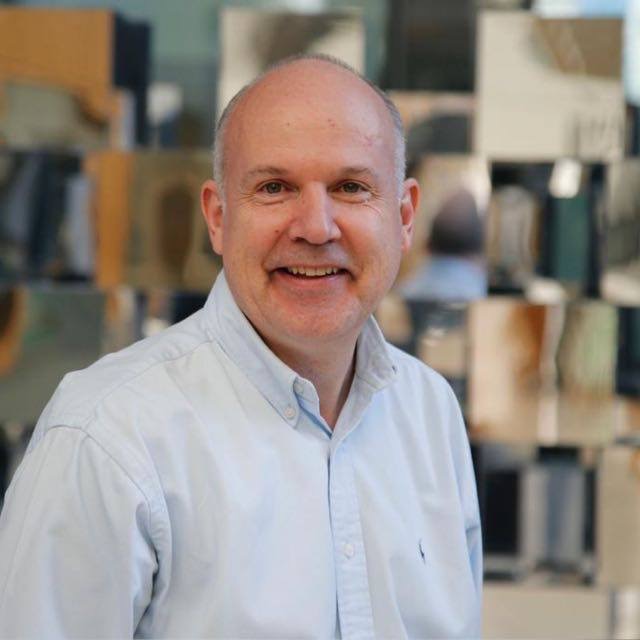
Current research interests are focused on wave breaking, tsunami inundation, and wave-current interaction.
Frédéric Dias is an elected member of the Royal Irish Academy, of Academia Europaea and of the Norwegian Academy of Science and Letters.
He is a former Secretary General of the International Union of Theoretical and Applied Mechanics (IUTAM). He has held two European Research Council Advanced Grants (MULTIWAVE from 2012 to 2016 and HIGHWAVE from 2019 to 2024) and one European Research Council Proof of Concept Grant (WAVEMEASUREMENT from 2014 to 2015).











